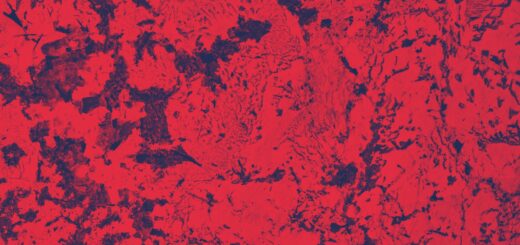Exploring the Psychedelic Art Movement and Its Influence on Creativity
Visual aesthetics can be profoundly influential, creating worlds that mirror the vast range of human experiences and emotions. One such style of art that truly captures the vastness of consciousness is psychedelic art, characterised by its vibrant colours, detailed geometric patterns, and blurred perceptions of reality. This art form is intrinsically linked with experiences of altered states of consciousness and culturally intertwined with the counterculture movements of the 1960s and 1970s.
The birth of psychedelic art was heavily influenced by the exploration of psychedelia, a term used to directly refer to the experience of psychedelic substances like LSD or psilocybin mushrooms. Psychedelic experiences are deeply personal, often involving intricate visual and auditory sensations, emotional introspection, and shifts in the perception of reality. The trippy aesthetics of psychedelic art emulate these experiences, transporting observers to otherworldly realms only accessible through the mind’s eye.
Pioneers of this genre like Alex Grey and Mati Klarwein have been celebrated for their visionary art, creating pieces that delve deep into spirituality and human consciousness. They illicitly incorporated the hallucinogenic “third eye” or “inner vision”, drawing upon experiences evoked by psychedelic substances. Grey’s work, in particular, is laden with complex, interwoven patterns and spiritual iconography that seem to emerge from a different reality.
Psychedelic art functions not just as a form of artistic expression, but also as a bridge between external perceptual reality and the hidden intricacies of the mind. It cultivates a direct, visceral connection with observers, engulfing them in the experience of the piece. The sensory overload uniquely features the infiltration of one sensory experience into another, a phenomenon known as synesthesia, and manifests in the combination of sights, sounds, and feelings associated with the art.
The influence of psychedelic art isn’t just limited to canvases and music posters. The realm of digital media has embraced this style wholeheartedly, contributing significantly to the resurgence of psychedelic visuals in popular culture. The vibrant colours, intricate patterns, and fluid animation resonate well with the digital medium, transforming seemingly every platform, from video games to interactive websites, into a hallucinogenic playground.
Beyond the visual journey, the impact of psychedelic art perpetrates into an artist’s source of inspiration and creativity. Artists often dive into altered states of consciousness, exploring the uncharted territories of their minds for artistic inspiration. It is within these experiences that the constraints of reality are discarded, replaced by an imaginative domain where anything is possible. This creative freedom fuels artistic originality, generating a myriad of pieces that challenge traditional artistic norms and push the boundaries of creativity.
Psychedelic art, despite its unconventional methods, serves as an essential indication of how art can be influenced by diverse sources beyond the traditional, like altered states of consciousness. In doing this, it assists in the understanding of how subjective experiences impact creativity and art creation.
The significance and influence of psychedelic art extends beyond just a stylistic choice. It offers insight into human consciousness, pushing the boundaries of imagination and reflection, thus providing an introspective perspective on the nature of reality and the human mind. It stands as a testament to the power of art not only as a means of expression but also as a vehicle of personal and societal exploration.
In conclusion, the role of psychedelic art in breaking boundaries and inspiring creativity cannot be understated. It invites us to delve deep into the realms of human consciousness and imagination, promoting our understanding of the artistic mind. The legacy of psychedelic art continues to influence popular culture and artistic communities, spreading its trippy aesthetics to new generations of artists ready to explore the realm between perception and imagination.
Sources:
Psychedelic Art, Britannica
What is Psychedelic Art, Invaluable
The Neuroscience of Psychedelic Art, MassiveSci
Alex Grey
Psychedelic Art: Just Give In, The Conversation


